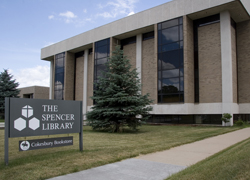Beltane Waning Last Frost Moon
On a pile of essays, yet unread, sits one at the top, “The Great River of the Classics”, by Camille Paglia. She is my heroine, an outspoken advocate for the content of the humanities, the deposit of art, music, literature and theater that flows from Western civilization’s beginnings in the fertile crescent, a river with a delta now rich with islands and streams, a fan of human experience at its most intense and intimate that nourishes the ocean that is Western humanity’s collective conscious and unconscious.
Egypt’s splendor, the profundity and innovation of the Greeks, the ordered ambition of the Romans, the spirituality of the Celts, the deep feeling of the Russians and the Germans, the list is long and has depth. Gilgamesh. The Egyptian Book of the Dead. The fragments of the Pre-Socratic. Jewish texts. Christian and Muslim texts. The pyramids. The parthenon. Rome. The pantheon. Fra Lippa. Giorgio. Botticelli. Michelangelo. Da Vinci. Petrarch. Erasmus. Francis Bacon. Titian. Brueghel. Boccaccio. Chaucer. Beowulf. The poetic eddas. Ovid. Turner. Poussin. Rembrandt. Barye. Tolstoy. Dostoevsky. Singer. the Baal Shem Tov. Racine. Shakespeare. Marlowe. Haydn. Mozart. Beethoven. Brahms.
And the many, the very many left out of this brief evocation.
Perhaps the humanities do not pass the test of occupational preparedness, a test now applied to departments in higher education. Just yesterday an academic group released a study the dollar value of varying university degrees based on earnings over time and starting salaries. In many colleges and universities humanities departments look like low hanging fruit when it comes to the budget ax.
So. If humanities degrees result in less earned income over a student’s life, does this make them, ipso facto, less valuable? Obviously. If, that is, the only yardstick is dollars. No, I’m not going to make the argument that dollars are a grubby, undistinguished measure; each of us has to eat, reside somewhere, raise our children and nourish our dreams.
Even the fact that the humanities stood at the very center of the project of higher learning at its inception does not privilege them now. The needs and values of the middle ages were different from ours today. No, the humanities must stand valuable by today’s standards more than they must reflect the values of past centuries.
It may be that the university is no longer the place for the humanities. It may be that higher education’s mission in contemporary life involves primarily occupational learning, a sort of advanced vocational training. Institutions focuses change over time. Their work must meet the needs of those whom they serve or they have no reason to exist.
It does not bother me if higher education strips out the humanities. Let the music department perish. Banish the philosophers, the artists, the literati, the linguists and language crowd, let history go, too. Leave the ivy covered walls with only economics, business, pre-law, pre-med, engineering, architecture, agriculture, veterinary science, family and child psychology. Keep those subjects that inform the workers of today and tomorrow and let the fluff go. Keep the hard stuff, abandon the soft disciplines.
Why don’t these changes bother me? Because an artist does not need an art department, she needs fellow artists and places to display and sell her goods, but art departments, no matter how good, no matter how well intentioned, are not necessary to artists. Work is. Literature, too. Writers write because they must, because words and ideas matter to them. No writer writes because there are good writing programs. Of course, they can learn things in those programs, but writing does not depend on English departments. Music, too, is part of the beating heart of culture. Musicians, whether trained in universities or not, will make music. Musicians will and do get trained in many other places than higher education. Philosophers are stuck with the sort of minds that go to the root of things and they will dig deep without philosophy departments. They need other philosophers, yes, but there are books and airplanes.
The humanities are of, by and for humans. Because they are of our essence, they will survive diminished or even eliminated university and college support. Will they be poorer? Probably. For a while. But not for long. We need music to fill our souls. We need literature to grasp the many ways there are to be human. We need painting and sculpture and print making because beauty satisfies an essential yearning of the human spirit and because we need to experience the interior world of others as much as we can. We need those among us who will ask the difficult, the unpopular questions and pursue them where they lead.
We need all of these things; they do not need higher education. It will be poorer without them, less reflective, more insular, more satisfied with apparently easy answers.
What might happen is this. After the humanities have been ejected from higher education, humanities practitioners and scholars will meet, find they still need each other. An idea will occur to them. Why not have a place where the humanities can be taught? An institute, maybe. A gymnasium. An academy. Or, maybe something new. A virtual gathering space for artists and scholars, for writers and teachers.
Out of these experiment might grow, what? I don’t know. Perhaps an educational institution with its primary mission immersing its students in the Great River of the Humanities, a baptism by art. Could happen.

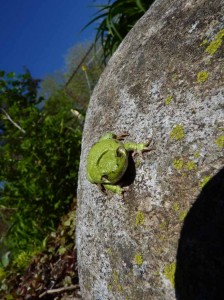
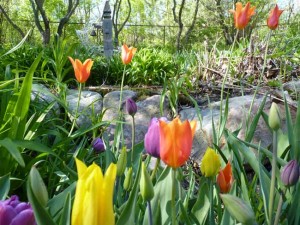

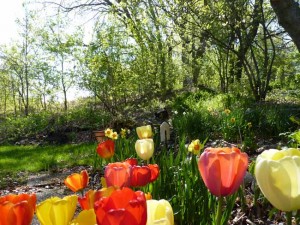

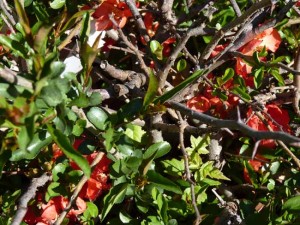
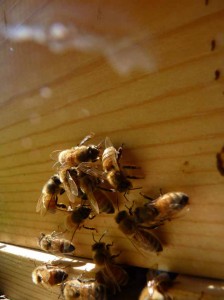
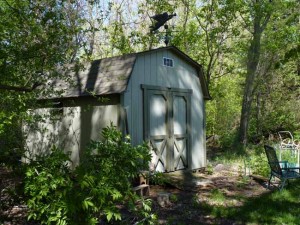
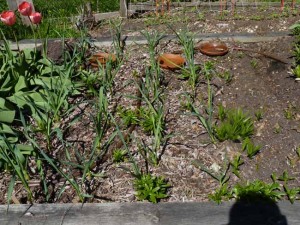
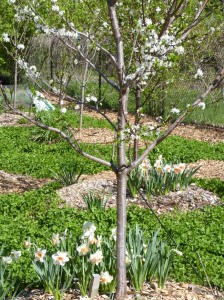
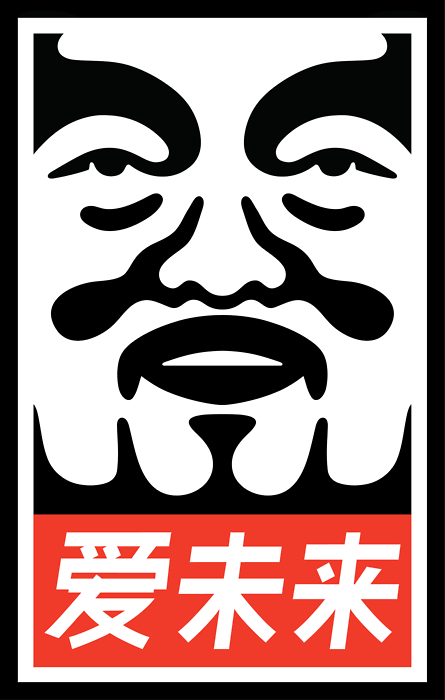
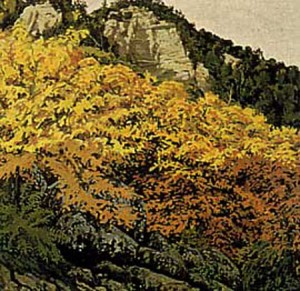 process. We didn’t want to rush into it.
process. We didn’t want to rush into it.